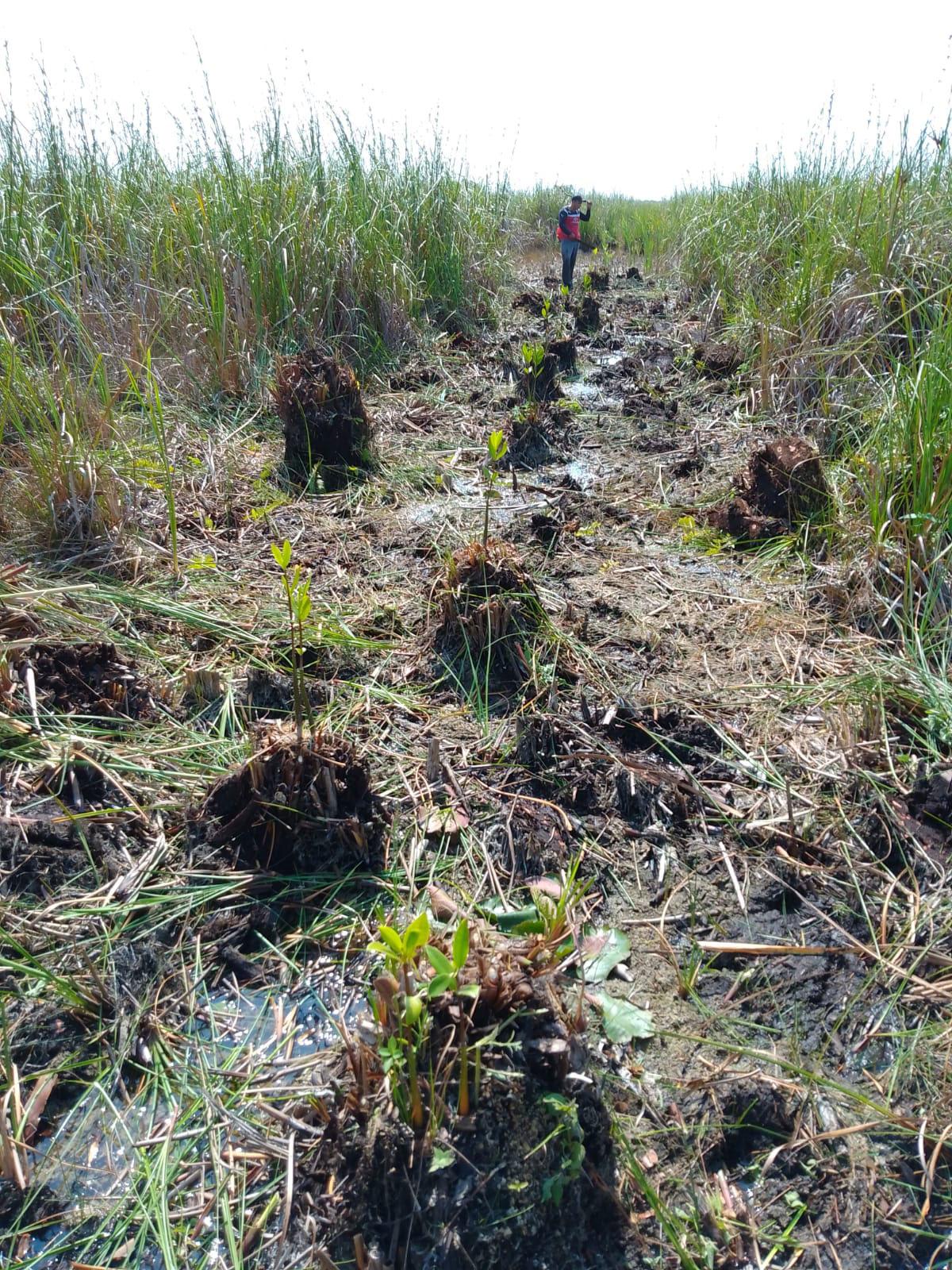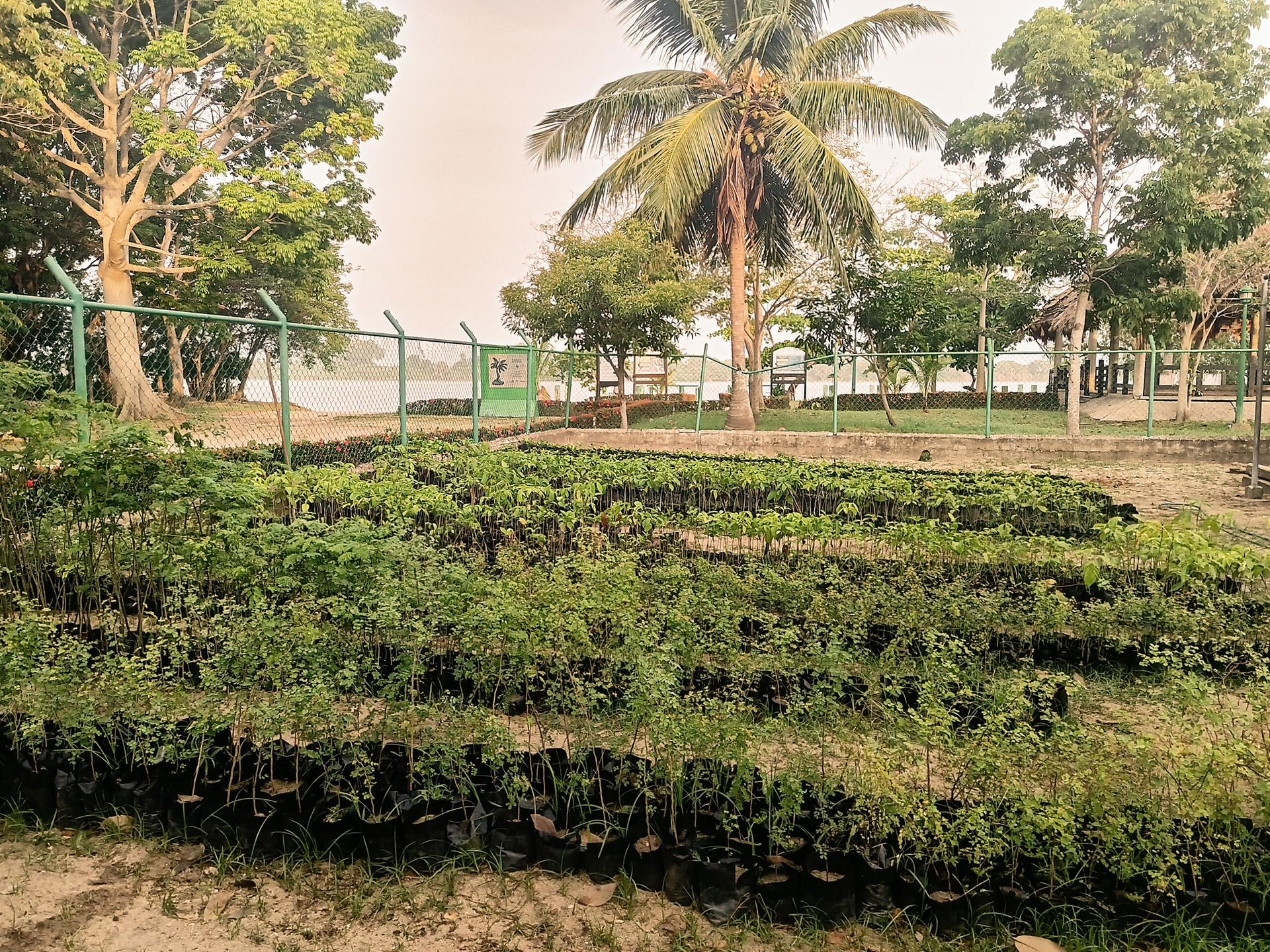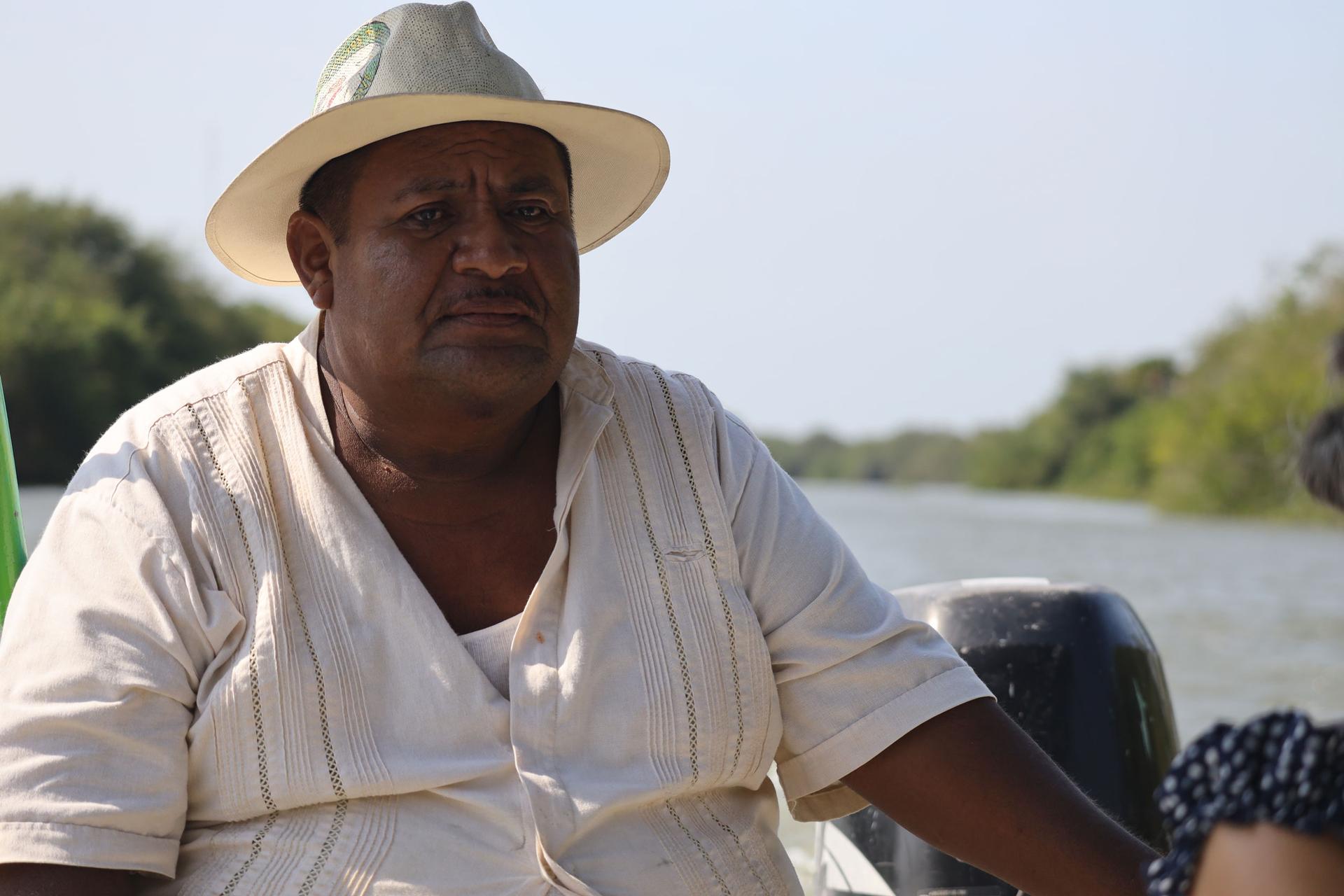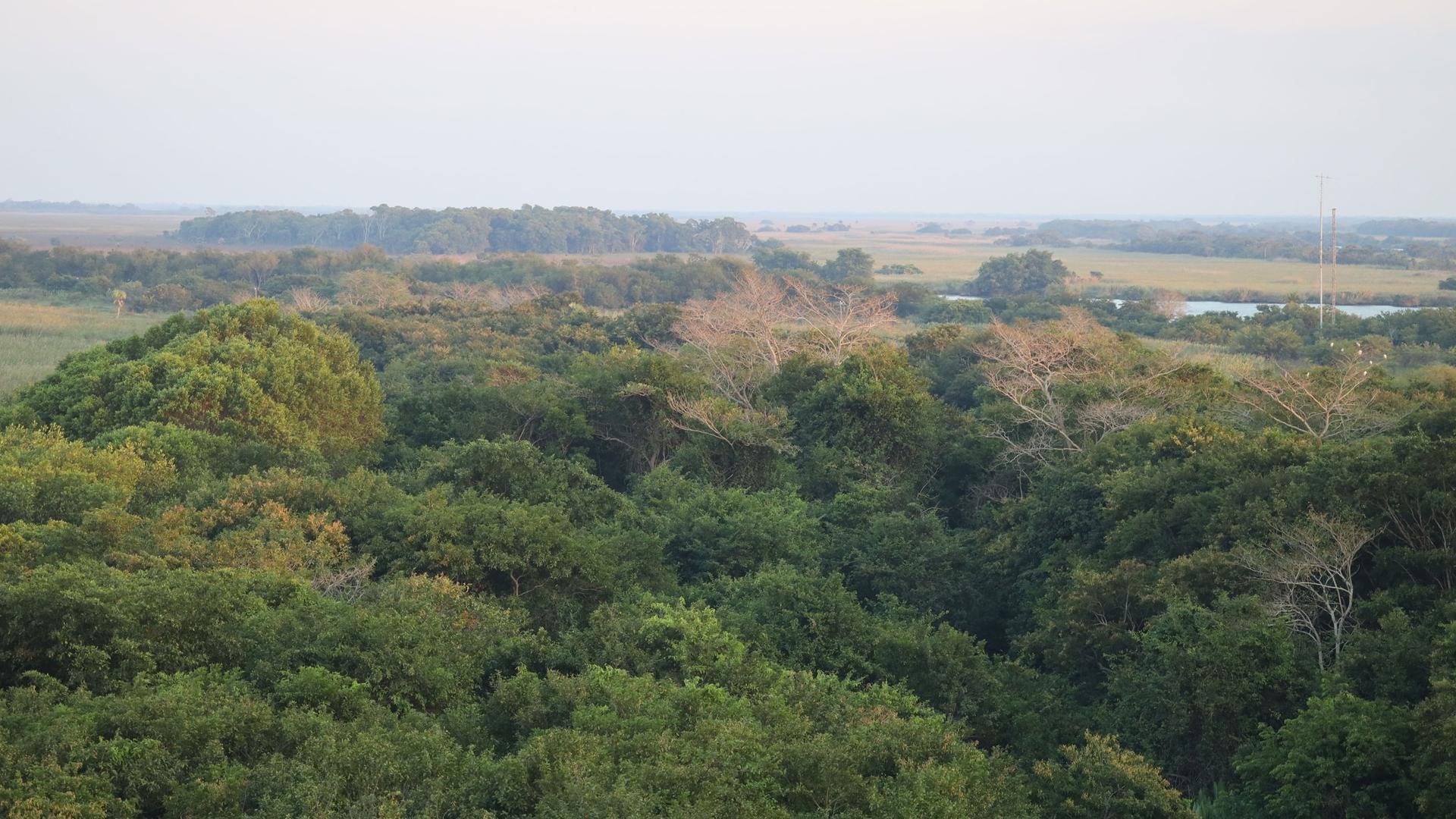Conservationists focus on community reforestation efforts to save Mexico’s wetlands
Conservationist Arturo Pantoja Garcia loves to give tours of the forest around Casa del Agua, or House of Water, a research and environmental education center on the edge of the Centla swamp in Mexico’s southeastern Tabasco state.

Amid a multitude of trails, with trees that reach dozens of feet overhead, Pantoja Garcia tells stories about the forest that he and his team have planted over three decades.
“People said I was crazy when I was planting trees,” he said. “In those days, no one cared for them.”
Pantoja Garcia used to make a living hunting deer, rodents, lowland paca (larger rodents), ducks, turtles and fish in the wetlands.
“I hunted everything, to sell and to eat. Who would have guessed that after all that, I would become a conservationist?”
When the Casa del Agua conservation project began 30 years ago, much of the land served as pasture for grazing cattle. There are now lush mangrove forests, thanks to Casa del Agua’s reforestation and community education efforts.
Wetlands are the foundation for 75% of fisheries around the world, said Juan Carlos Romero Gil, a biologist with Mexico’s National Commission of Protected Natural Areas, who helped to found Casa del Agua. But they’re some of the least understood ecosystems, he said.
On the weekends, conservationists host a steady stream of visitors who take a nature tour or check out the environmental education displays.
They emphasize how wetlands restoration can go a long way toward helping to remove carbon from the atmosphere, because mangrove forests can store three to four times the amount of carbon per acre than neighboring rainforests, which is backed by a recent Intergovernmental Panel on Climate Change report.
The group’s reforestation project has made a big impact on local residents’ respect for the wetlands.
Just after dawn at Casa del Agua, workers water plants in one of the three nurseries on the property — about 15,000 baby trees stand in tiny rows and they’re all native species: Tinto, or blackwood, and a tree the Mayans called Pukte. Some saplings go to the reforestation teams and others get handed out to residents in the dozens of communities spread out across the wetlands.

Lucrecia Jimenez Hernandez, from a community just up the road, has worked on several reforestation projects over the last two years.
“Before, plants didn’t really matter to me,” she said. “Not now. Now I care. And those of us who work on the reforestation, benefit financially and we also know how important it is to have our trees, to care for them and to plant them.”
The project pays those involved about $10 a day, which is over Mexico’s minimum wage. Lucrecia said it’s an important source of revenue for her and her family.
Asuncion Hernandez Garcia, an independent tour guide, fisherman and restaurant owner who goes by the name Negro Chon, often takes groups out on the water, where two of Mexico’s largest rivers pass on the way to the ocean, carrying a third of the country’s fresh water.
“This reforestation is important,” he said. “We’ve noticed a difference, because the fish reproduce within these mangrove forests, and all sorts of other reptiles and amphibians also feed on the fish. So, this is a blessing for us.”
Local fishermen used to set fire to vegetation along the waterfront in order to more easily access fishing holes. But this practice is less frequent, in large part, due to the organization’s work.

Since the beginning, Casa del Agua has promoted reforestation and environmental education as methods that yield financial benefit. And the group attributes much of its reforestation success to community involvement from the start.
This September, Casa del Agua is planning a week of activities to accompany the 30th anniversary of their conservation and reforestation project.
Biologist Romero Gil said they’ve planted roughly a million trees on more than 2,500 acres of land.
“Sustainability takes time,” he said.
Related: In Cancun, this man is turning seaweed trash into natural-building treasures
Our coverage reaches millions each week, but only a small fraction of listeners contribute to sustain our program. We still need 224 more people to donate $100 or $10/monthly to unlock our $67,000 match. Will you help us get there today?
